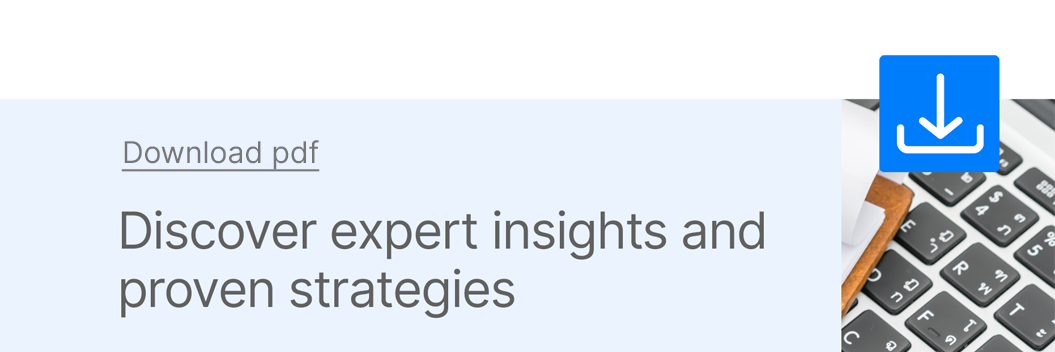Cardiovascular diseases include heart failure, arrhythmias, and coronary and peripheral artery disease. Early detection and treatment can prevent many problems affecting health and quality of life.
Using the appropriate CPT code to guarantee accurate reimbursement and avoid claim denials is crucial when billing for cardiovascular services. Additionally, CPT codes may be used by medical professionals and insurance firms to monitor patterns in the detection and treatment of cardiovascular disease and to create plans to enhance patient care and results.
Overall, CPT codes are essential for diagnosing, treating, and managing cardiovascular disease; thus, healthcare professionals and insurance firms must stay updated with the most recent codes and recommendations to give patients the best care possible.
Also: CPT Codes Hepatology
This article highlights the most critical CPT Codes of Cardiovascular procedures:
CPT Codes – Cardiovascular Nuclear Medicine
- 78451: Myocardial Perfusion Imaging (MPI) employing a single tomographic (SPECT) session is covered under CPT code 78451. A small amount of radioactive substance is used in MPI, an imaging test, to produce heart images. Single photon emission computed tomography (SPECT) creates 3D heart pictures using gamma rays.
- 78452: Similar to the 78451 code but involving numerous studies, this code describes an MPI procedure. Rest, stress, redistribution, and rest reinjection are some studies that can be included. A radioactive substance is injected into the patient’s bloodstream during a rest, stress, or redistribution study to provide images of the heart.
- 78453: CPT code 78453, MPI uses planar imaging (2D imaging) with qualitative or quantitative wall motion, ejection fraction by first pass or gated approach, and additional quantification if needed. This code is used for a study carried out under stress (from pharmacologic or physical exertion) or at rest.
- 78454: Myocardial perfusion imaging (MPI), a type of nuclear medicine test used to assess blood flow to the heart muscle, uses the code 78454. A radioactive tracer absorbed by the heart muscle is injected into the patient’s circulation for the test. A gamma camera detects radiation that the tracer emits to create images of the heart.
- 78466: Planar myocardial imaging with infarct aversion is denoted by the CPT code 78466, and it is created specifically to identify regions of dead heart tissue brought on by a heart attack. For qualitative or quantitative evaluation, this code is employed.
- 78468: The medical imaging procedure known as CPT code 78468 is performed to find damage to the heart muscle (myocardium) brought on by a heart attack (myocardial infarction). A unique radioactive chemical is injected into the patient’s bloodstream during this surgery, and the injured cardiac tissue absorbs it.
- 78469: The CPT denotes a diagnostic imaging procedure known as planar MPI (Myocardial Perfusion Imaging) with tomographic SPECT (Single Photon Emission Computed Tomography) imaging code 78469, which is used in medical billing. Quantification, which describes measuring a substance’s amount or concentration in the body, may or may not be a part of this technique.
- 78472: Cardiac blood pool imaging with gated equilibrium (CPT code 78472) examines heart blood flow. This code is for a single planar study under rest and stress (exercise or pharmaceutical) with wall motion and ejection fraction, with or without quantitative processing.
- 78473: Planar MPI with tomographic SPECT imaging, with or without quantification, is performed using this code. Tomographic SPECT imaging uses three-dimensional images, while planar MPI uses two-dimensional images of the heart. The measuring of blood flow is performed to the heart muscle through quantification.
- 78483: Cardiac blood pool imaging with planar imaging and first pass approach is covered by CPT code 78483. This code is employed in numerous investigations involving rest and stress (pharmacologic or physical exercise), wall motion, and ejection fraction, with or without quantification.
- 78494: This CPT code is for imaging the cardiac blood pool using gated equilibrium and SPECT imaging when the patient rests. It also includes wall motion study and ejection fraction, which can be performed with or without quantitative processing.
- 78496: This code is similar to code 78494; however, it also measures the right ventricular ejection fraction using the first pass technique.
CPT Codes – Cardiovascular Stress Testing and Echocardiography
- 93015: The CPT code 93015 refers to a cardiovascular stress test that includes pharmacological stress, continuous electrocardiographic monitoring, and maximal or submaximal activity on a treadmill or bicycle. This code consists of results reporting, interpretation, and supervision.
- 93016: The CPT code 93016 also refers to a cardiovascular stress test that includes pharmacological stress, continuous electrocardiographic monitoring, and maximal or submaximal activity on a treadmill or bicycle. This code, however, does not handle interpretation or a report of the results; it solely addresses supervision throughout the test.
- 93017: A cardiovascular stress test with CPT code 93017 contains electrocardiogram (ECG) tracing, not interpretation or a report. This code does not cover the supervision of the test.
- 93018: The CPT code 93018 covers the interpretation and reporting of the findings of a cardiovascular stress test that includes pharmacological stress, continuous electrocardiographic monitoring, or maximum or submaximal exercise on a treadmill or bicycle. This code does not mention the supervision of the test.
- 93350: CPT code 93350 denotes echocardiography (heart ultrasound) carried out as part of a cardiovascular stress test involving a treadmill, a bicycle, or pharmacological stress. This code comprises interpretation, a results report, real-time image documentation (2D), and M-Mode recording (if required).
- 93351: The CPT code 93351 is very similar to 93350; however, in addition to that, it requires the testing to be supervised by a licensed physician or another qualified healthcare professional.
- 93352: Using an echocardiographic contrast agent is covered by CPT code 93352, used during a stress echocardiogram. This code covers the contrast agent’s cost and the interpretation and report of the results.
Conclusion
CPT codes are essential for identifying and billing the medical procedures and tests used to manage and diagnose cardiovascular disease. Healthcare providers and insurance companies use these codes to ensure that patients receive appropriate care and that the providers are properly reimbursed for their services.









